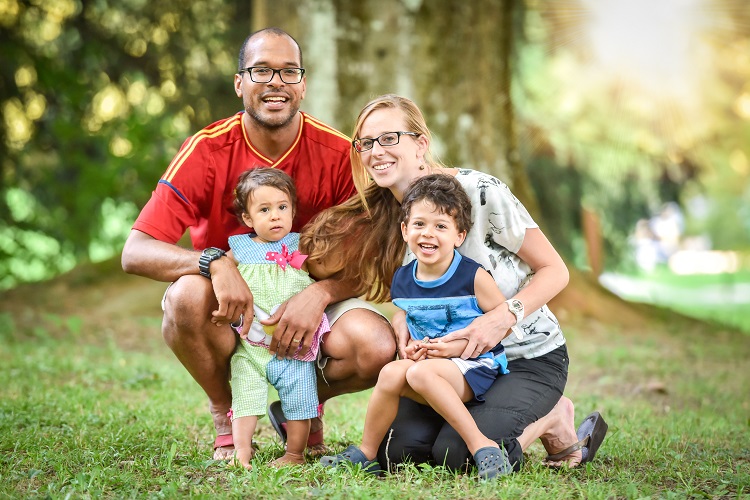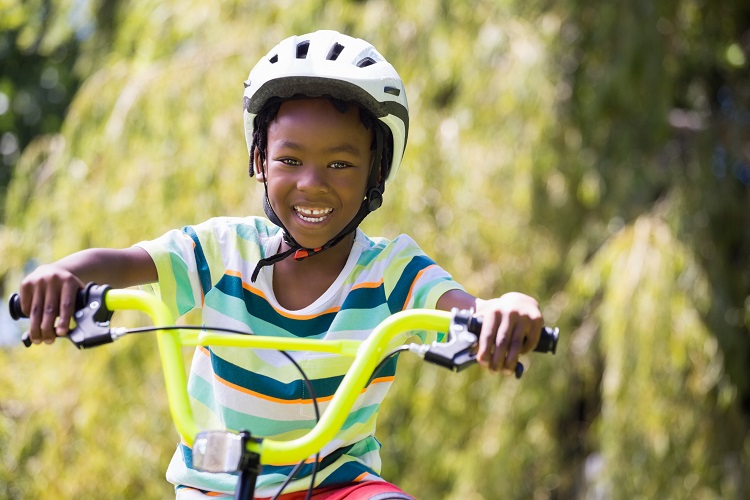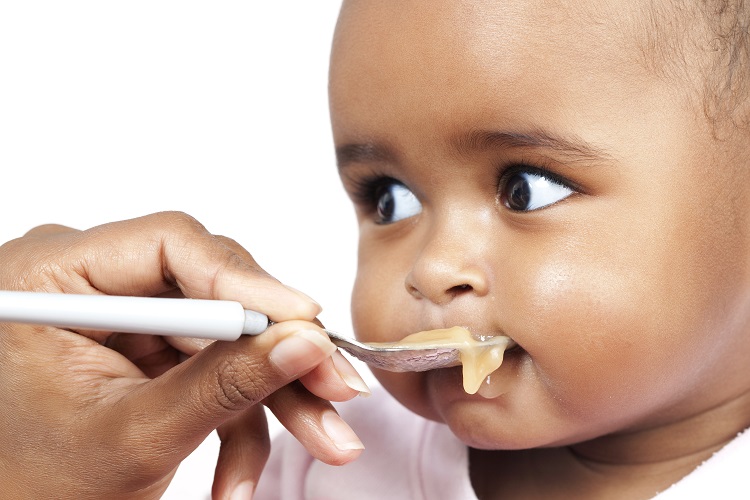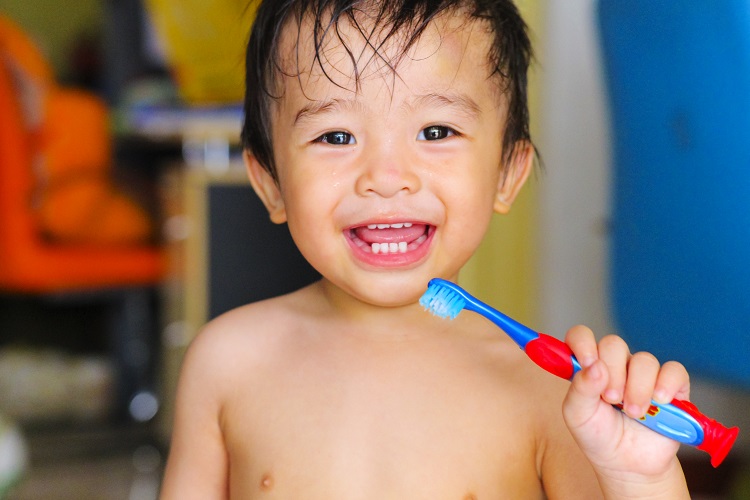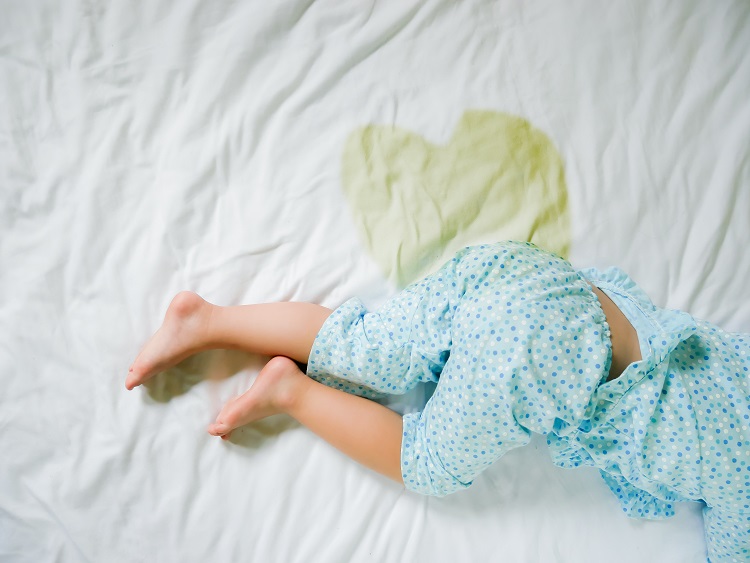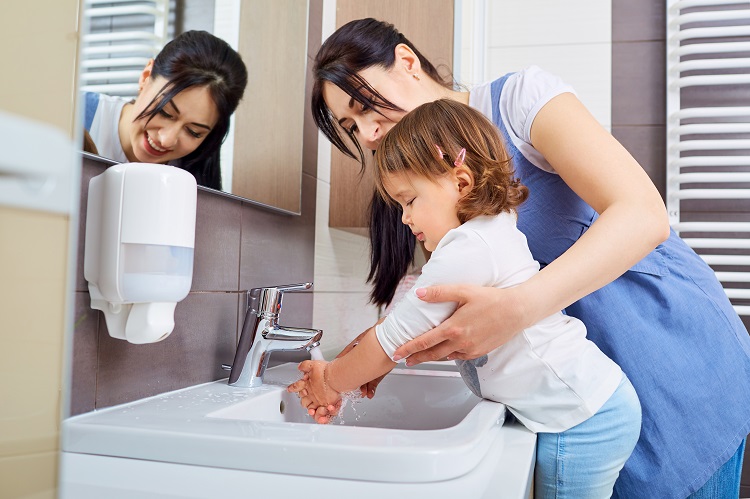With the recent outbreak of the novel coronavirus (COVID-19), many children may have questions about the virus or germs in general.
What are Germs?
Germs are everywhere! They are small and can enter our bodies without us knowing. Some germs can live on surfaces (e.g., doorknobs, countertops) for a short period of time. Once they invade a human body, however, they can make a person sick. The easiest way to prevent the spread of germs is through handwashing!
Bacteria are tiny cells that obtain nutrients from their environment, which in some cases may be the human body, and can reproduce either inside or outside of a human body (KidsHealth, 2018). Ear infections, strep throat, and pneumonia are all examples of illnesses that can be caused by bacteria. Antibiotics can be used to help kill unwanted bacteria inside of the body. However, not all bacteria are bad. Some bacteria are good and help to keep our bodies functioning normally!
Viruses need to be inside living cells to reproduce (KidsHealth, 2018). A virus cannot survive long outside of a host, like a human or an animal. Viruses can cause the common cold; the flu; sinusitis; bronchitis; or other diseases, such as COVID-19. Antibiotics cannot be used to kill viruses; however, antiviral medications and vaccines can help to fight viruses or even prevent viruses from making a person sick.
How to Talk to Children about the COVID-19 Virus
The Center for Disease Control (CDC) (2020) has developed some general principles for how to talk to children about the COVID-19 virus.
- Remain calm and reassuring.
- Make yourself available to listen and to talk.
- Avoid language that might blame others and lead to stigma.
- Pay attention to what children see or hear on television or media outlets.
- Provide information that is honest and accurate.
- Teach children everyday actions to reduce the spread of germs.
How to help Children practice Good Hygiene
Parents can help children prevent the spread of germs by teaching children specific manners to be used when they are sick and showing them how to maintain proper hygiene. According to the CDC (2020), some ways parents can teach children everyday actions to reduce the spread of germs are as follows:
- Remind children to stay away from people who are coughing or sneezing or who seem sick.
- Remind children to cough or sneeze into their elbow or a tissue, and then throw the tissue into the trash.
- Get children into a hand-washing habit.
- Teach children to wash their hands with soap and water for at least 20 seconds, especially after blowing their noses, coughing, sneezing, going to the bathroom, and before eating or preparing food. Have them sing the Happy Birthday song twice while they wash their hands; that will equal 20 seconds!
- If soap and water are not available, teach them to use a hand sanitizer. Hand sanitizers should contain at least 60% alcohol. Supervise young children at home, school, and child care facilities when they use a hand sanitizer to prevent them from swallowing the product.
For more information about COVID-19, please visit the CDC’s website at https://www.cdc.gov/coronavirus/
References
Center for Disease Control and Prevention (CDC). (2020, March). Talking with children about coronavirus disease 2019: Messages for parents, school staff, and others working with children. Retrieved from https://www.cdc.gov/coronavirus/2019-ncov/community/schools-childcare/talking-with-children.html
KidsHealth. (2018, July). What are Germs? Retrieved from https://kidshealth.org/en/kids/germs.html




